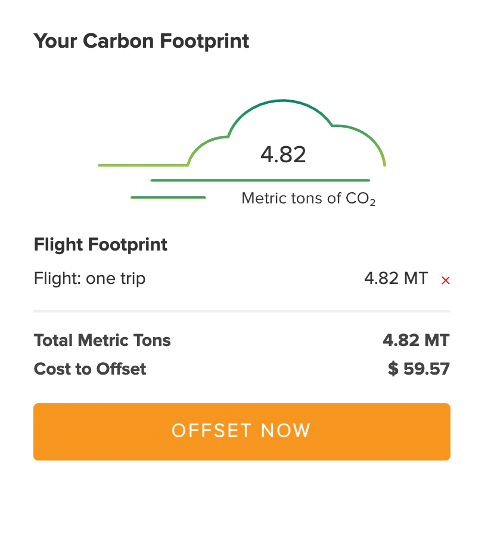Sustainable Travel and Carbon Offsets: How to Travel in a Truly Sustainable Way
March 31, 2022
The Swank Guide’s here to help you find the most unique places to stay and things to do. We don't just write about it, we show it. Peek into our YouTube video library of handpicked hotels and activities. We've personally tested all our recommendations. No sponsorships, no bias. Just 100% real-deal experiences. Our transparency policy tells you why you can trust us.
I’m a serial entrepreneur who’s been involved in clean energy and sustainable housing prior to starting Swank. I care deeply about climate change. I couldn’t fly monthly and look my two daughters in the eyes, unless I had a plan.
Tourism accounts for about 8% of the world’s carbon emissions – but if your wealthy, and like to travel, it probably accounts for a much higher percentage of your individual carbon emissions.
I don’t like the words “sustainable” or “green” to describe climate change impact, because both words defy measurement. These words are abused in the travel industry – and many other industries – used as marketing gimmicks. More often than not, these words might signify a business is doing something, but typically it’s a token, and not much more.
How to travel responsibly?
Transportation is your trip’s largest – by far – climate impact. Flying is the most carbon intensive form of transportation – unless you’re Jeff Bezos. Flying to a faraway place is the single biggest thing we do as individuals to worsen climate change. A six-hour flight from LA to DC adds as much carbon to the atmosphere than you, as an individual, would typically add in a month. To make it more graphic – researchers Julienne Strove and Dirk Notz calculate that a six hour flight shrinks summer sea ice by 32 square feet. Go with your partner, that’s 64 square feet. Fly round-trip – multiply by two. You get it.
One option: don’t fly. And it’s the most responsible one. If that’s your answer, you probably don’t follow Swank. What are travel-enthusiasts to do? Buy carbon offsets. It’s not that expensive. Just do it. If you can afford the trip – you can afford to offset your carbon.
When you buy a carbon offset, the offset is used to finance projects that produce clean energy, plant trees, reduce methane coming out of landfills, or reduce carbon emissions in other ways.
To make you feel worse – and because I really do care about climate change – I buy 130% of my round trip flight’s carbon emissions. This ensures that my whole trip is carbon negative. I’ve roughly calculated that the extra 30% more than offsets the carbon associated with my trip’s taxis, hotels, meals, etc.
To give you and idea of the cost of carbon offsets for travel – my recent Seattle-Tulum (Cancun airport) trip cost me about $77, that’s after I added the 30%. For this trip I used Sustainable Travel.org. Here’s how they calculated by carbon emissions:

Source: Sustainable Travel.org
I also like Clear because they make it simple for you to make your trip carbon negative by buying, say, 150% of your flights carbon emissions offsets.
If you want your carbon offsets to be tax deductible, you will likely need to buy them through a .org – but get your own tax advice.
Here’s one:
Here are three more:
